At what point do I have an alcohol problem?
Alcohol is so present in our everyday lives that it is often difficult to assess whether one's own drinking behaviour is still moderate or already problematic. There are some signs that help you to independently classify your own drinking behaviour.
You find it increasingly difficult to control your drinking behaviour
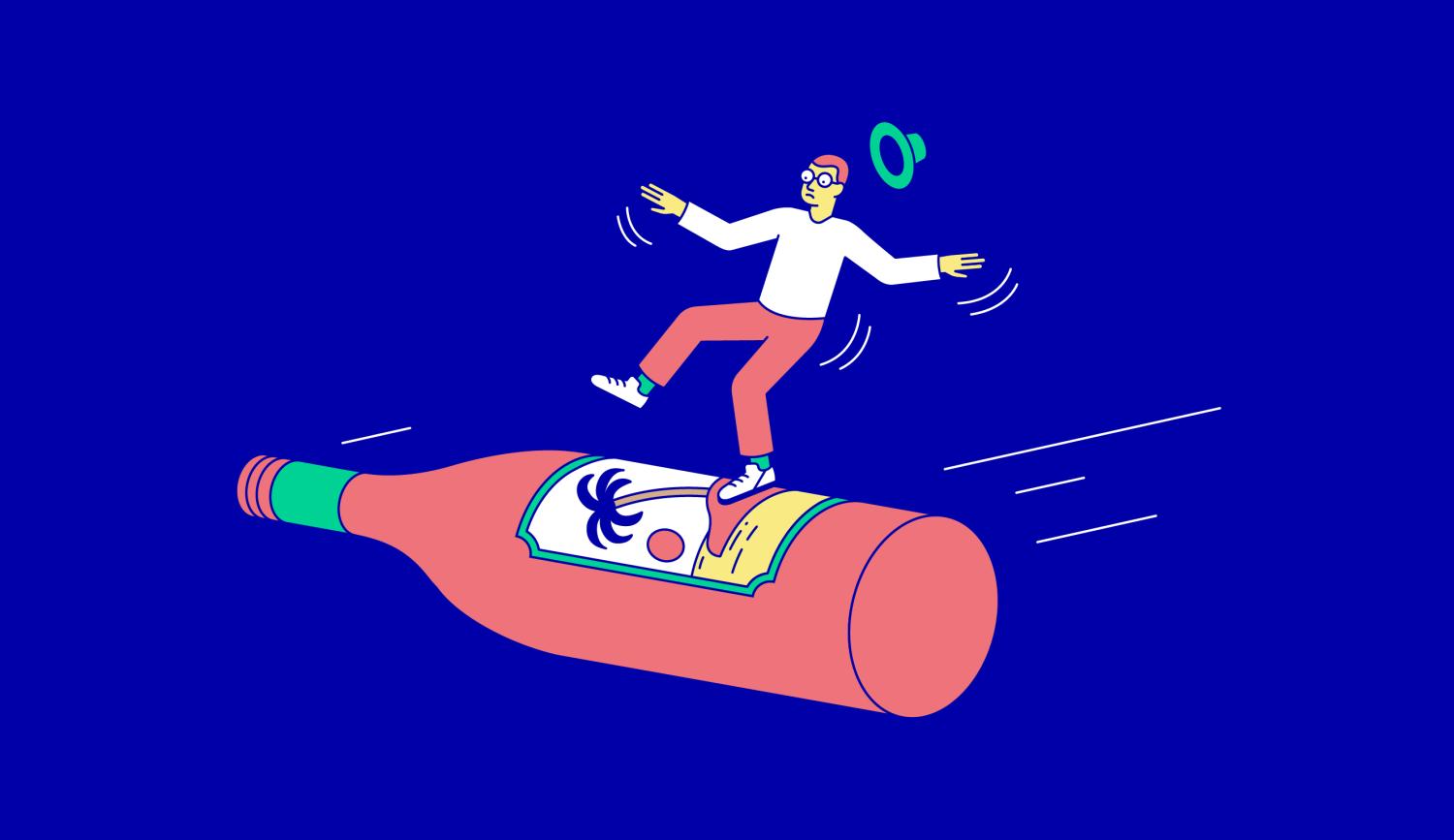
You no longer have complete control over your drinking behaviour or the amount of alcohol you drink: for example, when you start drinking, how much you consume, under what circumstances or on what occasions you drink, or when you stop drinking. Often this impaired control is accompanied by a strong desire to consume alcohol. These may all be indications that it would be helpful to talk to a professional.
Alcohol addiction often creeps unnoticed into everyday life
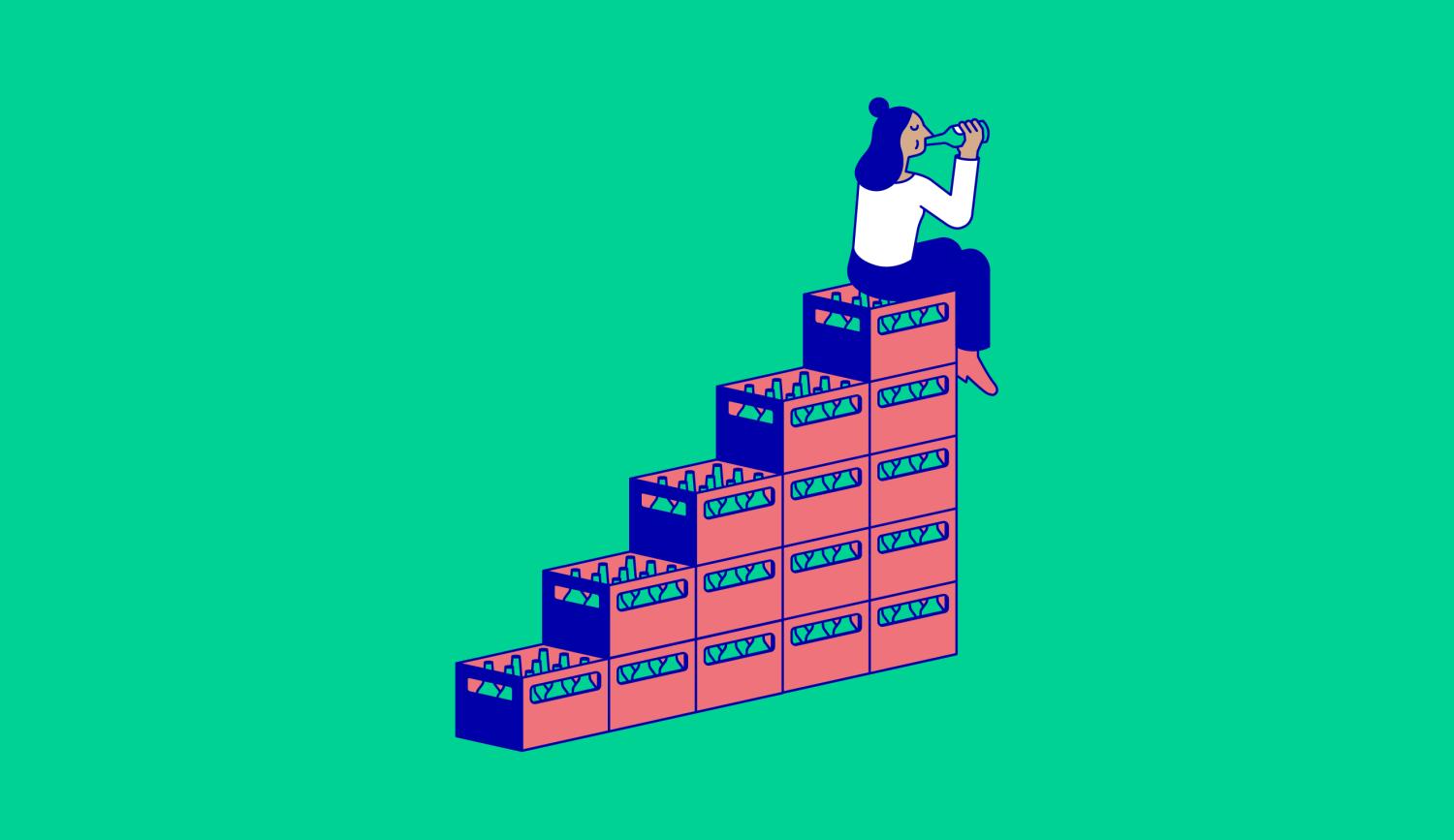
Many of those affected slip unnoticed from unproblematic recreational drinking into alcohol addiction. Even for those close to them, this process is often hardly noticeable.
You can have your life under control - and still have an alcohol problem. Many of those affected pursue a successful career and are socially well integrated. Any physical, psychological or social problems can often only appear after many years.
Drinking alcohol becomes an increasing priority in your life
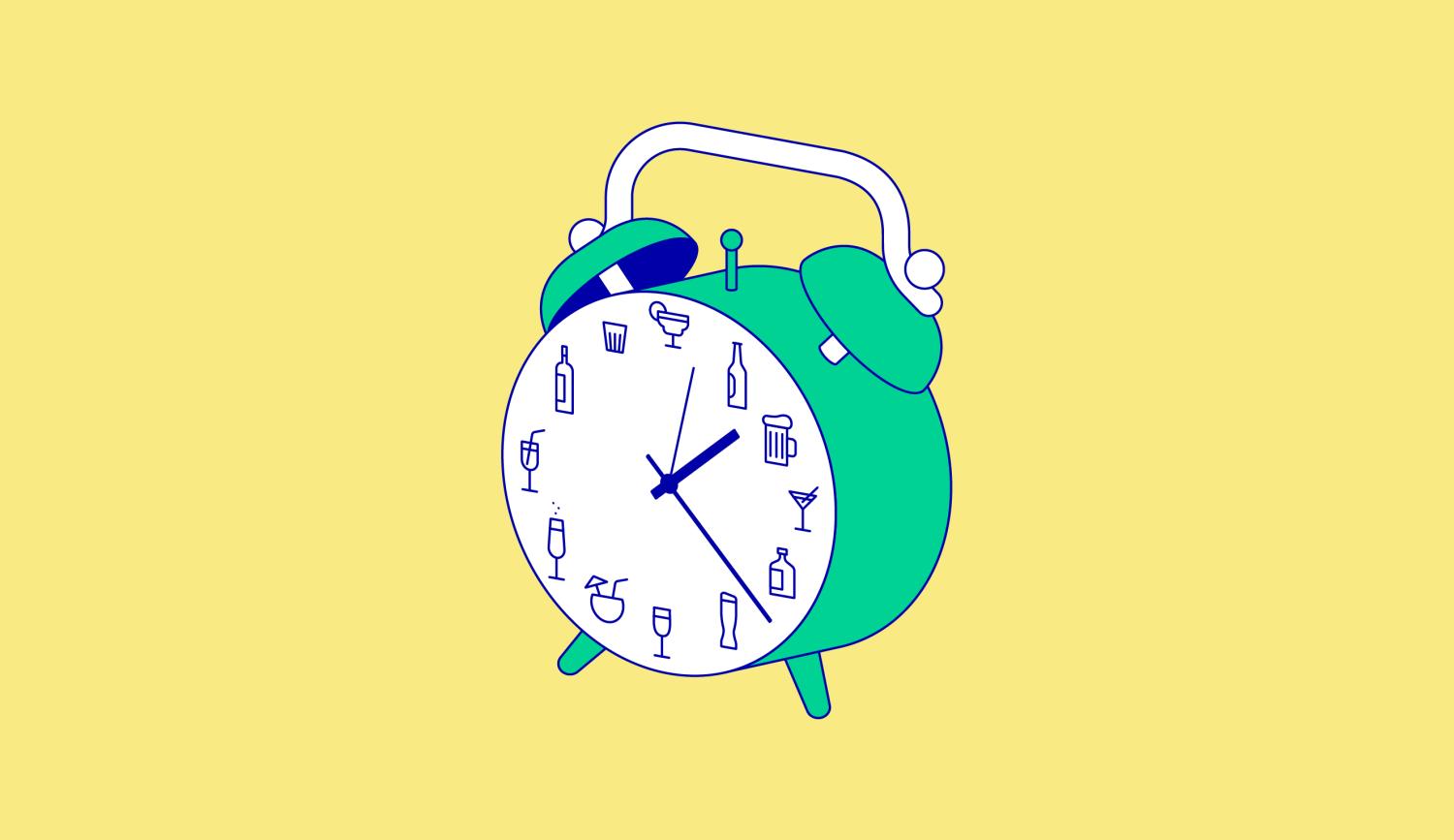
Drinking alcohol takes on an increasingly central role in your everyday life and thus increasingly displaces other areas of life. Drinking continues even when alcohol begins to cause problems in everyday life.
Thus, alcohol consumption is increasingly taking precedence over other interests or pleasures:
• other interests or pleasures
• daily activities
• responsibilities
• health or personal care
You are hard-drinking and you feel worse on days without alcohol
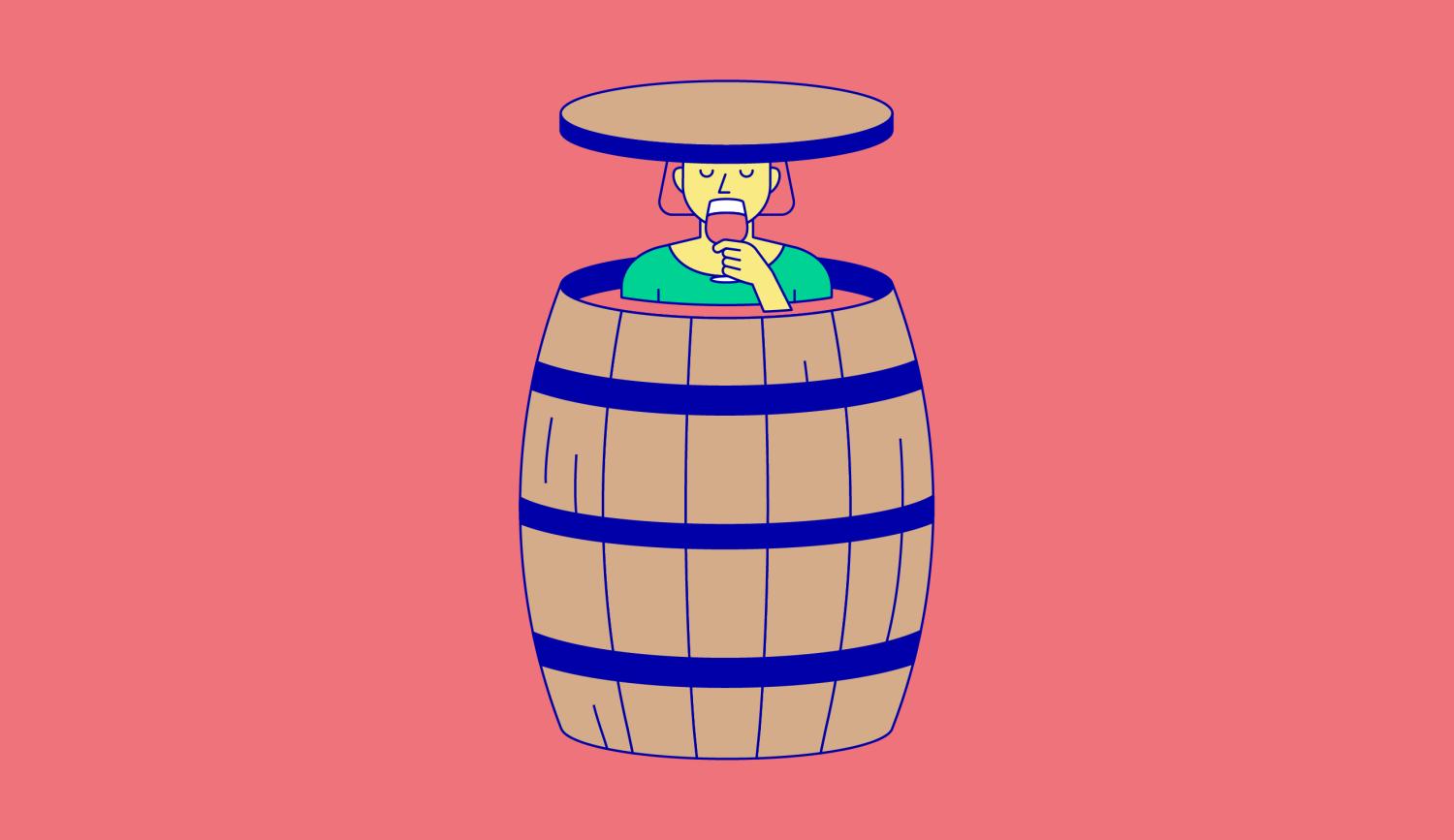
You notice that you are more resistant to drinking than before. You drink faster and more to achieve the desired effect. It becomes difficult to keep consumption-free days.
Withdrawal symptoms occur after interruptions in consumption: If alcohol dependence exists, withdrawal symptoms such as nausea, vomiting, trembling of the hands, palpitations, high blood pressure, sweating, anxiety, irritability, depressed mood, insomnia begin about 10 hours after the last consumption.
Often, alcohol is drunk in these cases to avoid or alleviate withdrawal symptoms. These physical characteristics are an urgent indication that a conversation with a professional is in order.
Addicted or not addicted?
A question to which there is no universally valid answer. The spectrum of possible forms of consumption is broad - and their impact on lifestyle and health is just as varied.
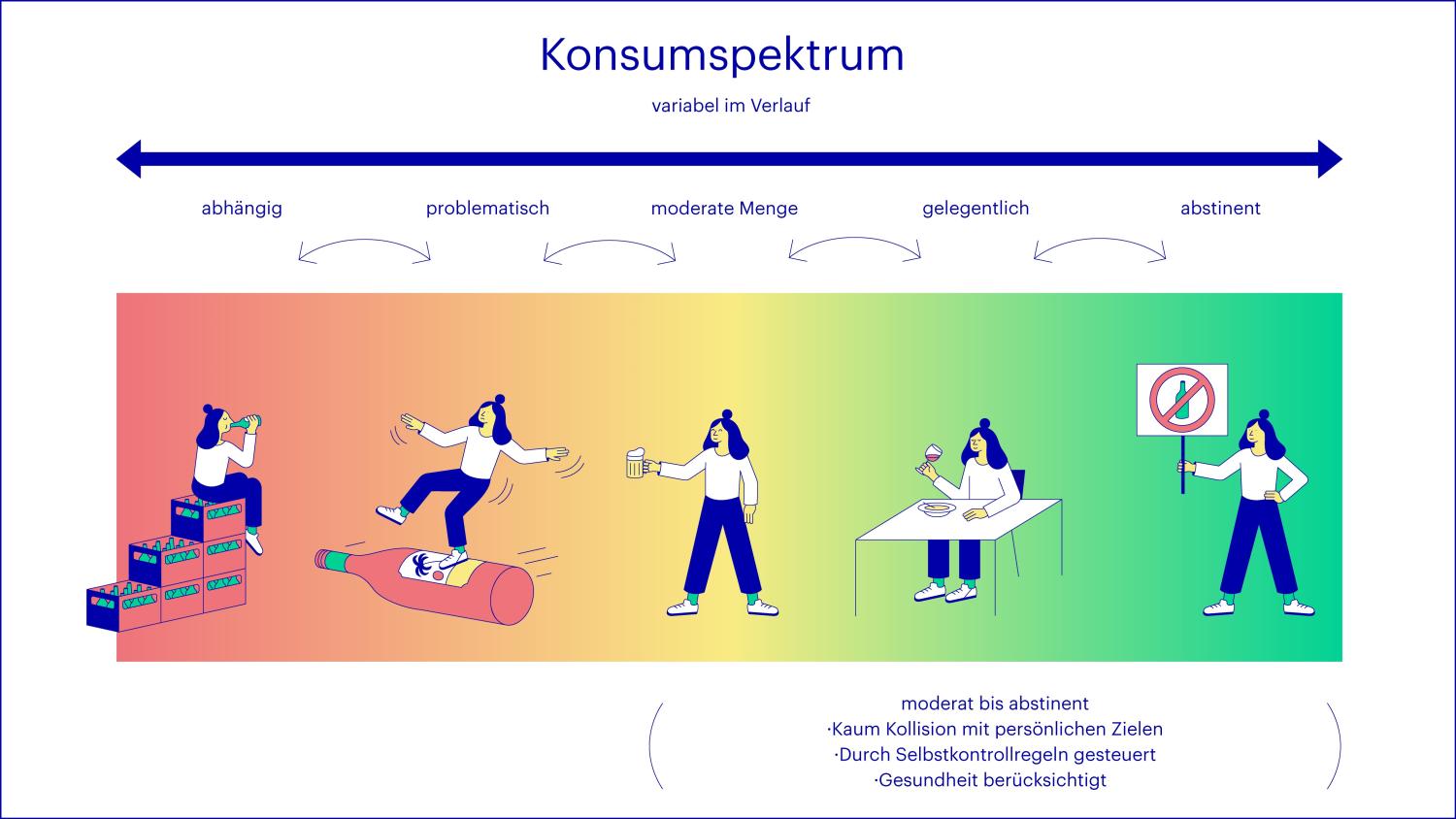
From abstinence - temporary or long-term - to moderate consumption and via problem drinking to dependence: the boundaries between the different stages are fluid. Transitions are possible in all directions.
Tips for everyday life
Life does not have to go off the rails for an alcohol problem to exist!
Nor do alcohol problems have anything to do with weak willpower, but are a human reaction to certain life circumstances. This coping strategy can develop into a chronic and fatal disease.
These self-control measures can help to bring the drinking quantity back into balance:
- Have alcohol-free days, at least 3 per week
- Reduce the number of glasses you drink
- Go for drinks with less alcohol content
- Keep a consumption diary, in a notebook or with the Arud consumption diary to get an overview of the amount of alcohol drunk
If you find it difficult to stick to your personal goals, Arud will be happy to help you - in an uncomplicated and discreet way.
Further information
The poster for the 2021 Annual Report

This year, the theme of the Annual Report is alcohol consumption.
All illustrations ©Benjamin Hermann